|
CREDIT: FERRANTRAITE/GETTY IMAGES Preserving your hairstyle while trying to stay fit can be a challenge, but these expert tips will help keep sweat from ruining your look while you exercise.
1) Avoid Ponytail Dents “Get your hair off your neck and it won’t cling to your skin. But don’t use just any elastic. Ribbon hair ties are much gentler to your hair and won’t create dents or crimps,” says celebrity stylist Philip B. To prevent hair breakage, switch up your style—topknot, low pony, high pony, braid—so you’re not stressing the same section of hair every time you work out. “Invisibobbles are the perfect workout hair accessory—because they’re made of plastic, they can hold hair without absorbing sweat and their spiral design makes it so they won’t cause headaches, hair breakage, or leave you with any weird ponytail holder mark,” notes Laurel Berg, stylist and owner of Laurel Beauty Lab in San Franciso. 2) Choose Your Hairstyle Based on Your Workout “I have a hairdo for every sport! The high bun is my preference for Pilates so no hair gets in my face, yet my head can lay flat without any obstructions from my hair. I go with a high ponytail with a headband at my hairline for high impact cardio. Braids are my favorite for skiing, as I like to keep my hair free of downhill wind that can cause tangles and knots. For cycling, I opt for braids as well because they fit nicely under a helmet!” says Susanna Romano, stylist and co-owner of Salon AKS in New York City. 3) Reboot Your Style “Prior to your workout, lightly spritz a moisturizing leave-in conditioner on your hair (like Oribe Run-Through Detangling Primer, $37, amazon.com). Then after your workout, hit up your head with a hair dryer, as most leave-in conditioners will reactivate with heat,” says Leah Sugru, a stylist at the Salon Mario Russo in Boston. 4) Create Your Own Natural Texture “If you don’t like to pull your hair back when you’re working out, use a texturizer on your roots before exercising (like Garnier Fructis Styling De-Constructed Texture Tease, $4, amazon.com). Some of the product will break down with the moisture of your sweat, but what remains will give you a strong foundation to revive your style. After your workout, flip your head and rub your scalp with your fingers to reinvigorate the volume you had before you hit the gym,” says celebrity stylist Michael Duenas. “There are wet texture sprays and dry texture sprays," adds celebrity stylist Chaz Dean. "Typically, a dry texture spray, similar to a dry shampoo, disperses powder throughout the hair to soak up oil and add a boost of volume. A wet texture spray can be used on wet or dry hair and adds grip to strands, helping them maintain style. This will help revive sweaty hair.” 5) Put Your Hair in Knots “Apply a light leave-in or smoothing mist (like Kerastase Discipline Spray Fluidissime, $37, kerastase-usa.com) before rolling small 2-inch sections of hair into little balls all over your head and securing them with pins or elastics. Once removed, you’ll have great texture after your workout,” says celebrity stylist Matt Fugate. 6) Choose Workout Friendly Headbands “Buy a headband made from moisture-wicking fabric. Bondi Band, Nike, and Lululemon make good ones—they’re all stretchy, breathable, and designed to keep your head cool and dry,” says celebrity stylist Philip B. 7) Never Underestimate the Power of a Bobby Pin “I often tell women not to sacrifice their hair for a workout in a ponytail—all you really need are a few bobby pins to keep hair around the face from interfering with your workout. Bangs can especially benefit from being pulled to the side and clipped with a pin. I always keep one handy—I’ll slide it on my sleeve to make it easy to secure any loose hair pieces that come out during my workout,” says Susanna Romano, stylist co-owner of Salon AKS in New York City. 8) Avoid Sticky Silicones “Avoid silicone-based hair products before exercising, which can attract dirt and sweat, making hair look dirty, fast. Plus, any product buildup will weigh hair down, leaving it flat after your workout,” says Chicago based stylist, Adam Bogucki, owner of Lumination Salon. 9) Ban Baseball Hats “They may keep your hair out of your face, but a baseball hat creates heat on the scalp, resulting in added sweat,” says Dana Caschetta, stylist and national trainer for Eufora. 10) Keep Your Hands Off Your Head “Touching your hair with your hands during a workout actually stimulates oil production in the scalp, so it’s best to keep your hair pulled up or clipped back so you’re not constantly fixing your hair,” says stylist Juan Carlos Maciques of the Rita Hazan Salon in New York City. 11) Keep Your Hair Dirty “Hair looks and styles better when it's a little dirty, so post-gym, shower and wet your hair using a little conditioner throughout—but no shampoo. Once a week, use a clarifying shampoo to remove dirt, oil, and product buildup,” says Glamsquad's creative director, Giovanni Vaccaro. 12) Spritz on Some Hair Fragrance "These scents mask hair odors and hydrate strands,” says Mandee Hernandez, stylist and an Oribe Educator. Look for ones that contain nourishing conditioners like keratin and silk oils (Sachajuan Protective Hair Perfume, $72, netaporter.com), shine ingredients (J’Adore Eau Lumiere Hair Mist, $52, sephora.com), and static fighters (Oribe Cote d'Azur Hair Refresher, $26, amazon.com). 13) Hit the Cool Button “Before you take your hair out of a ponytail or topknot, let your strands cool down. The cold setting on a hair dryer is an excellent way to achieve this goal. Simply run cool air over your hair and scalp for two to three minutes until you’ve removed any moisture and then release your hair,” says New York based celebrity stylist Paul Labrecque. 14) Embrace Your Sweat “The sodium in sweat is Mother Nature’s sea salt spray. When you’re done exercising, take your hair down and tousle it so you’re spreading the moisture with your fingers for a great beach-wave look. In terms of keeping post-workout styling simple and fast, keep an emergency hair kit in your workout bag complete with elastic-free hair ties, bobby pins, a travel dryer, mini iron, and hair spray,” says stylist Andi Black, founder of CAJ Beauty. 15) Protect Hair from Burning Rays “Salt in your sweat can dry out your hair—especially if you’re working out under the sun’s ultraviolet rays—so it’s so important to keep your hair conditioned. I swear by hydrating oils (such as L'Oreal Paris EverSleek Frizz Finish Oil-In-Serum, $10, lorealparisusa.com), spritzed on the hair before exercising outdoors,” says celebrity stylist Mara Roszak. A UV spray conditioner is also a good option (like Fekkai’s Pre Soleil Hair Mist, $15, amazon.com), adds Frederic Fekkai stylist Lucy Flora. 16) Take Shortcuts in the Shower “If you’re rushed after a workout and don’t have time to wash and blow dry your hair, pull it up into a bun or top knot in the shower and simply cleanse the hairline (the nape of the neck, around the ears, and around the face), before drying these areas with a towel or hairdryer and letting your hair down,” says New York City stylist Katie Murphy, of the Marie-Lou&D Salon. 17) Prep With a Dry Shampoo “Prior to exercising, focus only on the roots when applying dry shampoo. Then after a workout, run your fingers through your hair and over your scalp to disperse the powder, which has now grabbed onto any moisture in the hair,” notes Juan Carlos Maciques of the Rita Hazan Salon in New York City. “You’re basically loosening the powder that was already there and allowing it to continue working.” If you don’t have dry shampoo handy, you can reach for some regular talc powder. “My favorite is Dr. Hauschka’s Silk Body Powder ($35, dermstore.com)—it’s super fine and absorbs oil at the roots. Simply apply with your fingertips at the roots and the base of your neck after exercising,” notes Sharon Dorram, master solorist, Sharon Dorram Color at Sally Hershberger Salon. 18) Blot Up Some Sweat “Makeup blotting papers (such as Shiseido Pureness Oil-Control Blotting Paper, $15, amazon.com), work to absorb and remove sweat from the hairline—they’re great if you’re on-the-go,” says Dana Caschetta, stylist and national trainer for Eufora. 19) Exercise Strategically “Not all workouts have to leave you drenched in sweat. If you really want to get an extra day out of your blowout, skip the kickboxing, hot yoga, or Soul Cycle classes, and focus instead on effective, low-impact options that won’t leave you drenched in sweat. Mat Pilates, mellow yoga classes, resistance stretching, and Tai Chi are all great choices, as is water aerobics. Just don’t forget your shower cap!” says celebrity stylist Philip B. 20) Consider Botox Shots to the Scalp “While it might sound extreme, many women who suffer from hyperhidrosis (excessive sweating) have found relief with Botox. I treat women with serious sweat issues who struggle to keep their hair looking great post workout, and don’t want to put in the time, effort, and strain on their hair to wash, dry, and style it every day. Botox into the scalp can significantly minimize sweating in this area and allows you to keep your hair healthy by extending the intervals in between washes,” says New York City-based dermatologist Dendy Engelman. This article appeared on Real Simple Static in your hair is incredibly annoying. Getting rid of static electricity can be just as annoying. Preventing static from building up in your hair is the first step, but sometimes (especially in winter), it just can't be helped. Here are a few static-busting strategies and products to try.
1) More Moisture Preventing static in the first place is the best way to banish static problems. The big rule with static is that more moisture equals less static. If you're not using conditioner, it's time to start. Don't make the mistake of using a two-in-one shampoo/conditioner; they're not bad in summer, but in the dryness of winter, they're not up to the job. This is especially important for kids. They don't produce much sebum (hair's natural oil) until puberty hits and they turn into greasy monsters. For now, any moisture in the hair has to come from a conditioner. Apply conditioning products (conditioners, oils, leave-in moisturizers) mainly on the ends of the hair (the ponytail section) if you're concerned about greasiness or conditioner weighing your hair down. 2) Dryer Sheets Dryer sheets are made to zap static, which builds up in blankets, hats, and clothes—and can charge your hair on contact. Don't relegate them only to the laundry room.
Hairspray—even a light-hold formula—not only helps reduce static charge but also can keep your hair from floating in the sky. Spray a little on your brushes before you use them. A word to the wise about hairspray and static control: Easy does it. Too much hairspray actually can make the static problem worse. Most hairsprays are full of alcohol, which can dry your hair out. For a kinder, gentler spray, try Aveda's Witch Hazel Light Hold Hairspray. 4) Hair Oil Hair oil is used for so many different hair- and skin-related issues, and static control is at the top of the list. Use it on your ends before you blow-dry to keep them moisturized. Rub a few drops through your fingers and finger-comb your hair after it's dried. A little goes a long way here; make sure you keep the oil concentrated on your ends to prevent a greasy scalp. Want to try something from the pantry? Try natural coconut oil. It's solid at room temperature, so just put a bit in a cup or bowl and set that into hot water for a few minutes. 5) All-Day Static Control: CHI Pliable Polish When you need something that will help all day but you don't want your hair to feel like it's full of product, Pliable Polish from CHI does the trick. A very small amount rubbed on your hands and smoothed over your hair (particularly the ends) provides all-day static control. The product isn't sticky and adds a lovely shine to your hair. 6) Moisture Protection: Sexy Hair 450 Style Protect Many products geared to protect your hair from heat also excel at preventing static buildup. If you're going to apply hundreds of degrees of scorching heat to your hair, try Sexy Hair's 450 Style Protect to help it retain its moisture. 7) A Better Blow Dryer People tend to keep blow dryers far past their prime. If it's been a while since you've replaced yours, consider upgrading to an ionic model. This type not only helps reduce static but also reduces your blow-dry time significantly. That, in turn, prevents the lack of moisture that aggravates static. 8) All-Natural Static Zapper: Static Schmatic Anti-Static Spray A good static-eliminating spray can bust through static in an instant, but many smell terrible and are full of chemicals. Static Schmatic, on the other hand, is all natural, with only five ingredients. 9) A Shampoo Vacation Daily shampooing dries your hair, which in turn promotes static—so skip a day or two (or more). When you do need to shampoo, choose a moisturizing formula to add that all-important moisture. 10) Comb and Brush Swapout If you're using plastic combs or picks, you're asking for static to rule your world. Switch out your plastic combs for metal or ceramic—or purchase a comb or brush that's specifically created to prevent static buildup. If you're sticking to the regular type, bear in mind that combs with wider-spaced teeth produce less static than their closely spaced counterparts. As for brushes, choose natural bristles instead of plastic. They cost more, but you'll notice a significant change in the amount of static you're fighting. 11) A Humidifier Especially if you live in a dry climate, a humidifier in your home battles the effects of dry air, including static. From your hair and skin to your clothes and blankets, increasing the moisture in your house will be an investment you won't regret. A humidifier will make your dry indoor environment so much more comfortable that you'll wonder why you didn't buy one sooner. 12) Leather Soles Believe it or not, one of the best ways to remove static from your hair is to make a change on your feet. Rubber-soled shoes are comfy, but they accumulate electronic charge and send it through your body. You know that sudden, jarring zap you sometimes get when you touch metal? That's static, and it can make your hair (and you) crazy. Opt instead for leather-soled shoes and don't live in fear of the zap. This article appeared on LiveAbout Wondering how to make your hair grow faster? Let the pros from Matrix reveal their top hair growth tips!
1. Set Realistic Hair Goals You may think your hair grows slower than everyone else’s but the fact is that hair growth takes time. Scientists say the average rate of hair growth is about ½ inch per month, with slight variations for hair type. Curly, fragile hair grows a bit slower than straight, thick hair. Be sure to use strengthening masks like our Miracle Creator Multi-Tasking Hair Mask to revitalize your fragile strands. So if you’re planning to grow out your pixie cut, don’t expect to grow waist-length hair overnight, but you can expect a short haircut to be shoulder length in about 14 months. 2. Keep Your Hair Healthy To ensure that your hair grows in step with the healthy average rate, remember this: stronger hair = longer hair. If your hair is on the damaged side, use a reparative system like Biolage FiberStrong which fortifies fragile hair. You’ll tip the hair growth odds in your favor if the hair you have is as strong and healthy as possible. “This fact,” says Matrix Artistic Director Michael Albor, “is truly at the root of it all.” 3. Start With Proper Nutrition You are what you eat, and that goes for your hair. Nutritional deficiencies are some of the biggest culprits behind weak, damaged hair with constant breakage that refuses to grow. If you’re really concerned that your hair simply won’t grow and are desperate to grow your hair faster, check in with your doctor to see if everything is on target health-wise. If you have an iron deficiency, for example, it can cause your hair to be thin and dull. Many doctors recommend foods containing omega-3 fatty acids, vitamin B and vitamin E to provide the type of nourishment that enhances hair growth. And many women have found favorable results after several months as a result of taking hair supplements containing biotin, vitamins and anti-oxidants. 4. Trim Hair Regularly It’s tempting to avoid scissors completely when you’re trying to grow your hair, but frequent hair trims are actually a wise strategy. Keeping your ends crisp and neat helps prevent split ends and fraying, which can lead to hair breakage and slow down the rate of hair growth. So keep up those regular, six-to-eight week haircut appointments, and let your hairstylist “dust” the ends, i.e. remove a fraction of an inch to keep each hair strong and intact. 5. Color Your Hair with Care Frequent forays with hair color and lighteners can cause dryness, split ends, dull hair and breakage. That’s because with hair color, you’re ultimately disrupting the top, protective layer of hair to allow the hair color to penetrate. You don’t have to give up your hair color completely, just opt for a less drastic hair color shade change. This will allow your hair stylist to use formulas that don’t have to disrupt your hair too drastically. Also, talk to your stylist about bond repair additives that protect the bonds of your hair from damage during the hair color process, and will also prevent additional hair color damage from occurring. And to take it a step further, use an at home bond restorative system like Total Results The Re-Bond that helps fortify weakened, over processed hair. 6. Condition Hair Conscientiously Conditioners are your hair’s best friend—they help you detangle, they keep your hair soft and shiny. “There are conditioners for every hair type,” says Albor, “and everyone should find the right formula and apply it after every shampoo. You can even skip a shampoo from time to time and go straight to the conditioner.” Leave-in treatments are great to help with detangling and protect the hair from heat. And a weekly hair mask or oil-based hair treatment will help take care of the older, more fragile ends that are susceptible to breaking off. 7. Avoid Heat Damage High heat styling tools are surefire aids for creating and locking in beautiful hairstyles, but too much heat can have damaging long-term effects on your hair. If air-drying is an option for your hair, put your hair dryers and irons aside when possible. (A heatless hair styling crème will help put shape in your hair while controlling frizzy hair.) You can also explore alternative hair setting options, such as braids, twists and good old foam or Velcro hair rollers. When you do opt in for blow drying, set the temperature as low as you can in order to accomplish your desired hairstyle, and keep the blow dryer nozzle at least six inches from your scalp. A lower heat setting is also the best strategy when using flat irons and curling irons, and be sure to shield your hair from heat damage with heat protection products. 8. Don’t Forget Good Scalp Care Healthy hair growth starts with a healthy scalp. Keeping the hair follicles on the scalp clean and clear from product or oil buildup will prevent the growth rate from slowing down. Try not to over-use your dry shampoos. While they’re an excellent way to absorb excess oil on the scalp, over-using them can cause buildup that clogs hair follicles. Treat yourself to frequent scalp massages—they’re not only sooooo relaxing, they also rev up the circulation in your scalp that will keep your hair nourished. Finally, consider a weekly scalp “scrub” treatment to remove product residue and excess oil. Consider it exfoliation for your hair and scalp. 9. Brush Hair Wisely First off, never brush your hair when it’s wet. Use a wide tooth comb (or a brush specifically designed for wet hair) to detangle, and work slowly and carefully from the bottom up to avoid hair breakage. When your hair is dry, brush it with a cushioned brush with boar bristles, which are gentle on fragile hair. Use the brush to stimulate your scalp and enhance circulation and healthy hair growth. About 15 or 20 strokes a day will do the trick. 10. Avoid Mechanical Hair Damage Environmental hair damage—too much sun or saltwater—and chemical hair damage from hair color, relaxers, straighteners or perms are two ways that hair becomes damaged when you’re trying to grow it. Mechanical hair damage is another way. That happens when you wring your hair too tightly with a coarse towel, bind it too firmly into a ponytail or sleep on a rough pillowcase. All of these bad hair habits can lead to hair breakage. So swap out the terry cloth for a soft micro-fiber towel or cotton t-shirt and blot your hair gently after shampooing. Use fabric-coated elastic hair bands to secure your ponytails and buns, and don’t put them in the same spot every day. Finally, treat yourself to a sateen or satin pillowcase that won’t cause the friction that leads to the hair tangles that can weaken your hair. This article appeared on Matrix HE’S behind one of the world’s most iconic hair products. But the professor behind GHD says we are making a big mistake when straightening. THE name Dr Tim Moore probably doesn’t mean much to many of us, even if you are a fanatic when it comes to the world of beauty. But this professor from Cambridge University is responsible for perhaps one of the most iconic hair styling products in the world — the GHD hair straightener. Standing for ‘Good Hair Day’, Dr Moore says despite the bloggers and vloggers giving anyone, anywhere advice on how to style their hair — there’s still a big misconception when it comes to using a styler. Speaking to news.com.au while in Sydney for their latest style, the GHD Platinum +, Dr Moore said some of the biggest mistakes not only cause damage to hair follicles — but also stops a style from lasting all day. “There’s a lot of miscommunication when it comes to temperature,” Dr Moore told news.com.au. “Your hair consists of three kinds of bonds. Putting your styler at the hottest temperature is not the key to getting your hair how you want it. “You don’t need anything above 185 degree celcius (365 degrees Fahrenheit), because using anything above that creates vertical cracks along the cuticle, causing the cuticle to lift and resulting in tangles and splits. “Trying to style your hair below 185C will often take many passes of the tool to achieve a good result, which is more drying to the hair and causes further split ends.” While it should come as no surprise that styling your hair with heat can cause damage — we’ve all been there when it comes to cranking up the heat in the hope your style will last a little longer. “Temperatures that break the hair bond is 200C degrees,” he explained. “The higher the temperature, it can change the colour of the hair too. These people going to 230C degrees … it’s really bad news and you will cause significant damage.” Dr Moore, who joined the GHD team in 2008 and created their Research and Development lab, spends most of his time working on how to develop and change their stylers to overcome any damaging elements that feature in heat stylers available on the market. Dr Moore, who was in Sydney on Thursday for the launch of GHD’s Platinum+ smart straightener, said even a woman with curly or frizzy hair shouldn’t be turning up the temperature for a better style. In an interview with MamaMia, he explains straightening hair of different thickness was like boiling water. “Thick hair is like heating up 10 litres of water, as opposed to thin hair which is like heating up 1 litre of water,” he said. “You don’t need more temperature, but you need more energy.” And speaking of water, Dr Moore said only use styling products on completely dry hair. “If your hair is wet, the heated water will transform from a liquid to a gas and expand,” he said. “Water trapped in the cortex will burst out of the strand and damage it.” Dr Moore said their latest $340 styler, which will launch in September, was the “world’s first smart straightener” and used prediction to control heat and respond to the needs of your hair. Speaking of competitors in the market, including Dyson — who this year brought out the Supersonic hair dryer for $500 — he welcomed new competition to the ever growing beauty technology market. “They have brought out an interesting hair dryer,” he said. “But where we lead and are different to Dyson is that we do the fundamental research into hair. While they are a good competitor, we have a strong competitive edge in terms of the scientific needs of hair.” In response, Dyson said their range of haircare contains “intelligent heat control” as a mechanism to care for hair. “Research sits at the heart of everything Dyson does, particularly when entering a new category,” a spokesperson said. “Setting up our own state of the air hair laboratories is what enabled Dyson’s engineers and scientists to reveal the intrinsic issues with conventional hair dryers. During four years of intensive research, our testing revealed many conventional machines can reach unnecessary extreme temperatures.
“This is one of the key issues the Dyson Supersonic hair dryer has been designed to combat. Unlike many competitor products, the Dyson Supersonic hair dryer possesses intelligent heat control. A glass bead thermistor measures the temperature 20 times a second, never letting the machine exceed temperatures of 150 degrees.” This article first appeared on news.au.com The sun can leave hair dry, brittle and discoloured. Here’s how to fix it
We all know the damage the sun can do to exposed skin, but experts say it can also affect our hair. “If your hair is exposed to the sun for long periods of time, UVA and UVB rays can start to damage the outer layer of the hair called cuticle,” said hair stylist and colourist Frederic Bataclan of Loft Hair Lounge in Toronto. “The sun is very natural but it can make your hair very dry. Too much of one thing can be bad for you.” The Cleveland Clinic adds the sun’s rays basically act like bleach. “Bleach reacts with the melanin in hair and removes the colour in an irreversible chemical reaction. Bleach also damages the hair’s cuticle and protein, which is called keratin,” dermatologist Dr. Wilma Bergfeld said. Signs for hair types The most common signs of sun damage include discolouration of your ends, as well as your overall hair colour getting lighter (even if you don’t have dye in it). People may also have dry, brittle, overly-tangled, broken or whispy ends. “And lots of frizz,” he explained. “Sun-damaged hair also won’t hold the style as long and dries a lot quicker than healthy hair.” He adds people who have lightened hair (either through highlights, balayage or ombre), will experience the most sun damage. “They will find their toners don’t last as long due to the sun,” he continued. For people who have blond colour, the sun can turn it golden or brassy. For people with “fashion” colours like red, green, blue or multicolours, their hair will fade a lot faster in the summer. “People who have brunette hair will find their hair looks quite dull.” If you have fine hair, Bataclan said your hair will be flat and lifeless during the summer, and people with thin hair may experience irritated scalps or even a sunburn. “If left untreated, the hair will slowly break off due to dryness,” he adds. “The hair will be very tangled and unmanageable.” He adds people who don’t treat sun-damaged hair are often forced to cut it off until it grows back into a healthy state. “People with already thinning hair will accelerate the process of thinning.” How to treat sun damaged hair To start, Bataclan recommends a liquid keratin treatment. “It helps revitalize and protect your hair from the sun and lasts for up to four months.” You can also use serums that have jojoba oil or hair products that already have SPF in them. “Lastly, try to put a mask once a week during the summer. It will help to add moisture back into the hair that you’ve lost from the long exposure from the sun.” There are also products, like primers, that come with UV protectors — this can also help with taming frizz and detangling dry hair. Bergfeld said you should also avoid hot irons, rollers or chlorinated water in swimming pools. “If you bleach or highlight your hair, you’ve damaged the hair already,” Bergfeld explained. “To add to that by swimming in a chlorinated pool, or sitting out in the sun, you’re going to have very significant hair breakage.” Bataclan also recommends wearing a hat, and Bergfeld adds avoid peak sun hours just like you would do for your skin. This article appeared on Global News |
Hair by BrianMy name is Brian and I help people confidently take on the world. CategoriesAll Advice Announcement Awards Balayage Barbering Beach Waves Beauty News Book Now Brazilian Treatment Clients Cool Facts COVID 19 Health COVID 19 Update Curlies EGift Card Films Follically Challenged Gossip Grooming Hair Care Haircolor Haircut Hair Facts Hair History Hair Loss Hair Styling Hair Tips Hair Tools Health Health And Safety Healthy Hair Highlights Holidays Humor Mens Hair Men's Long Hair Newsletter Ombre Policies Procedures Press Release Previous Blog Privacy Policy Product Knowledge Product Reviews Promotions Read Your Labels Recommendations Reviews Scalp Health Science Services Smoothing Treatments Social Media Summer Hair Tips Textured Hair Thinning Hair Travel Tips Trending Wellness Womens Hair Archives
June 2025
|
|
Hey...
Your Mom Called! Book today! |
Sunday: 11am-5pm
Monday: 11am-6pm Tuesday: 10am - 6pm Wednesday: 10am - 6pm Thursday: By Appointment Friday: By Appointment Saturday: By Appointment |

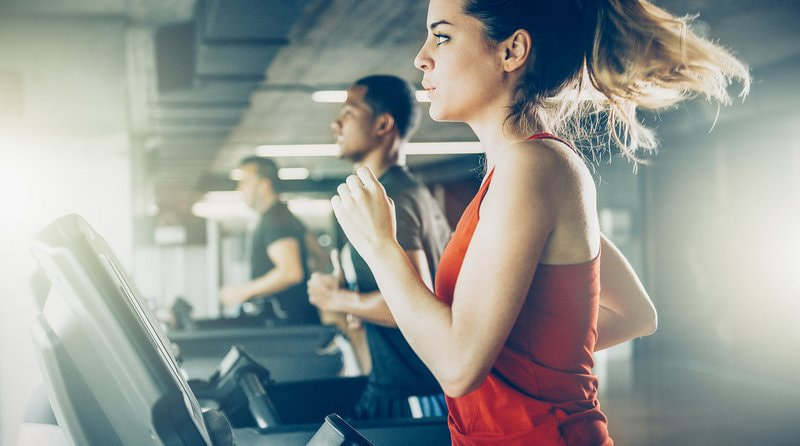
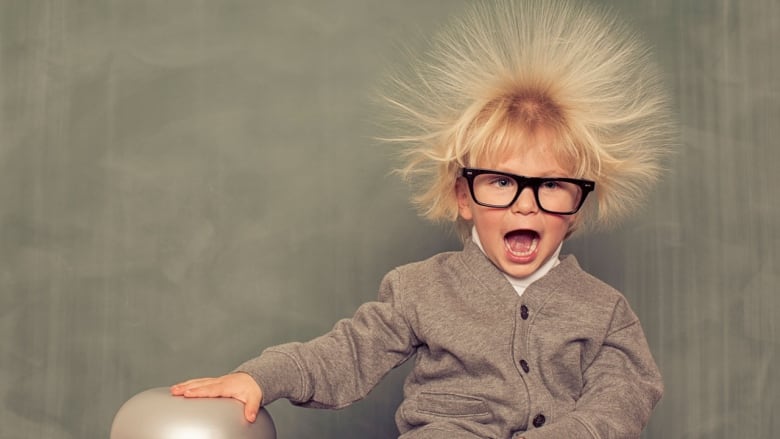
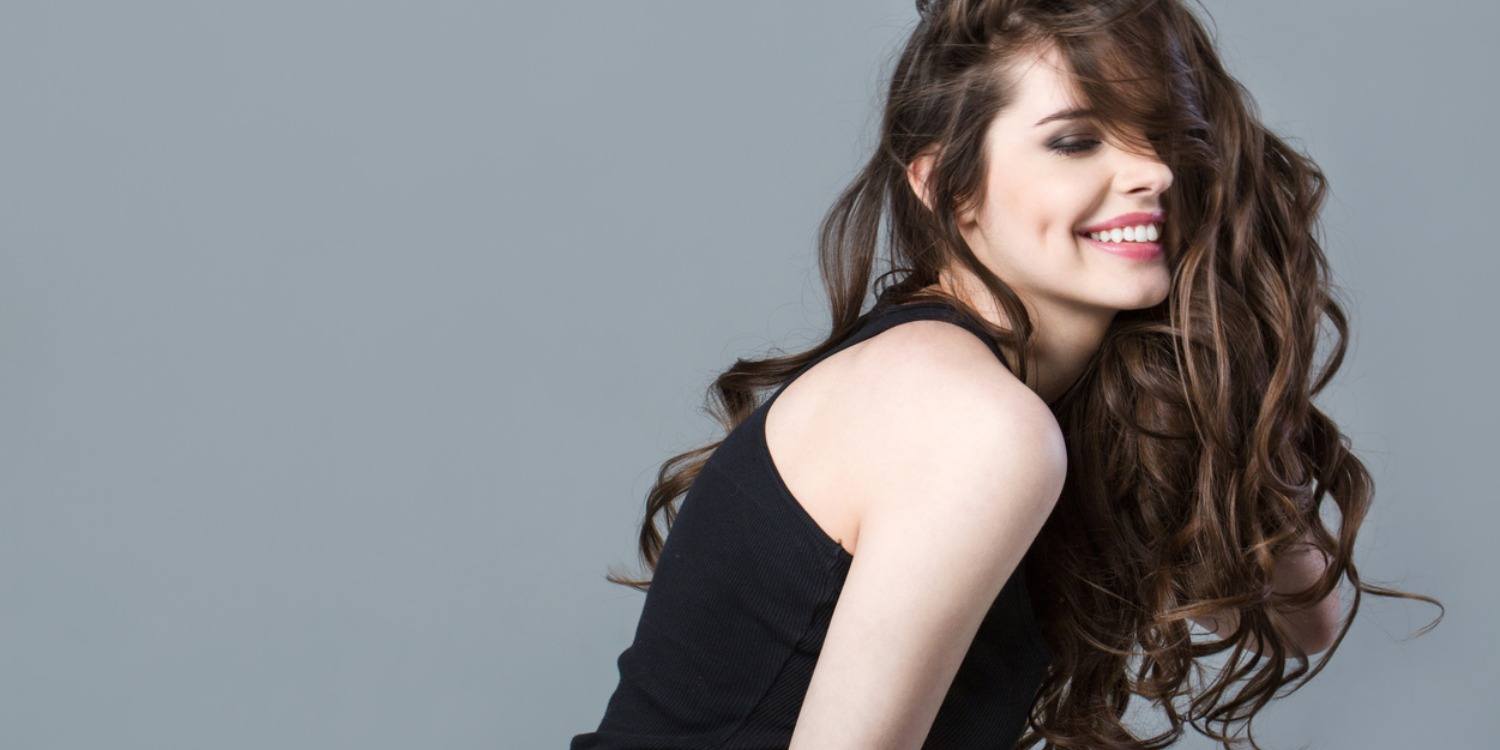
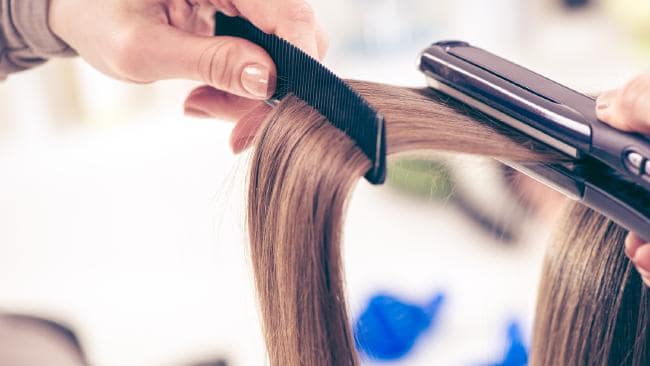

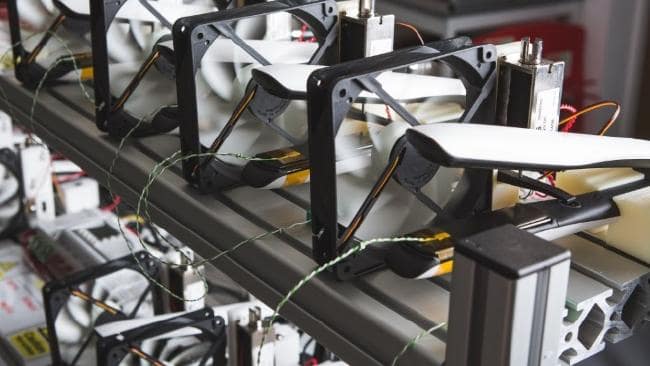
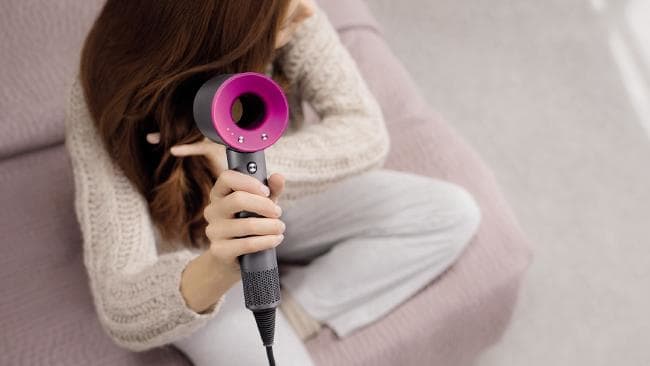

 RSS Feed
RSS Feed